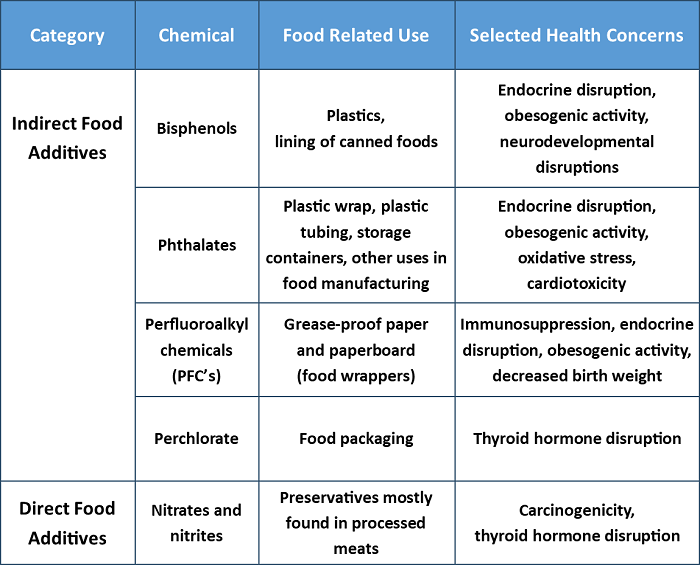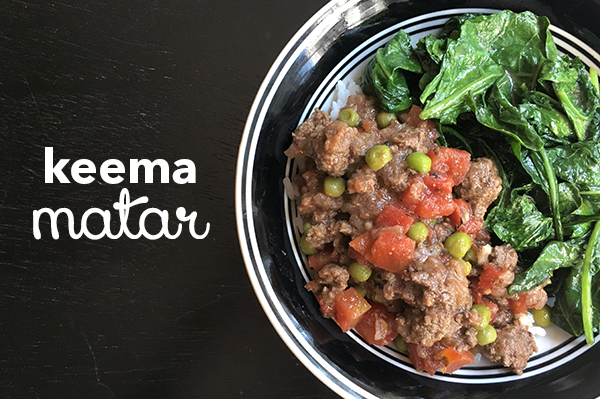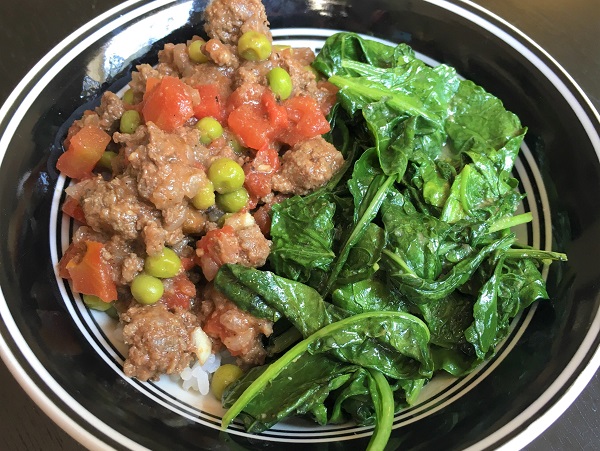We’ve known for decades that certain chemicals in our food supply could be damaging to our bodies. With more and more evidence accumulating, the American Academy of Pediatrics (AAP) finally put out an official policy statement pointing out these dangers, especially for infants and children.
The United States allows the use of more than 10,000 additives to preserve, package, or modify the taste, appearance, texture, or nutrients in foods. A recent review of nearly 4,000 food additives found that 64 percent of them had had no research showing they were safe for people to eat or drink. This is a problem.
In the AAP’s statement, they not only have suggestions for what we (as parents) can do but also suggestions for what the FDA needs to do to help make our food supply safer.
In the paper they specifically addressed BPA, Phthalates, Perfluoroalkyl chemicals (PFC’s), Perchlorate, Nitrates and nitrites. We know there are many more out there causing issues, but this is a good start.
Infants and children are particularly susceptible to the damaging effects of these chemicals because they are still growing, with the most vulnerable times being during pregnancy and in the first three years of life. Children’s bodies are much smaller so, pound per pound, they get a higher dose of these chemicals! Their metabolic and organ systems are still developing and are highly vulnerable to disruptions. Food additives can interfere with a child’s hormones, growth, and development, and can have lasting effects and lifelong consequences.
Food additives can interfere with a child’s hormones, growth and development, and can have lasting effects and lifelong consequences. #eatrealfood #saslife Click To TweetTo help reduce exposure to these chemicals, here are the AAP's recommendations for parents:
- Focus on getting fresh or frozen fruits or vegetables (over canned).
- Avoid processed meats (that contain nitrates/nitrites), especially during pregnancy.
- Avoid microwaving foods or drinks (including formula or breastmilk) in plastic containers.
- Avoid washing plastics in the dishwasher.
- Use alternatives to plastics for storing foods and drinks, like glass or stainless steel containers.
- Avoid plastics with recycling codes 3 (phthalates), 6 (styrene), and 7 (bisphenols) unless they're labeled "biobased" or "greenware" (that means they're made from corn and don’t contain bisphenols).
- Wash hands before handling food and drinks and wash all fruits and vegetables.
Their recommendations for the government include improving the process of evaluation of chemicals before they are approved and enter our food supply, and considering cumulative and synergetic effects of chemicals.
It can be scary and overwhelming to think about all the things out there that might harm our children, but that doesn’t mean we should do nothing. Prioritizing real, whole foods and, if you use plastics, using them correctly, are two fairly simple things you can do to help reduce the chemical exposure for your family.
If you want to read the full report click HERE.
Keema Matar
Recipe Adapted from : The Domestic Man
Makes 4 Servings
This recipe sounds exotic, but it is super quick and easy to make. My toddler loves it too!
Ingredients
1 tbsp coconut oil or ghee
1 medium onion, coarsely chopped
1 inch fresh ginger, grated or 1 tsp ground ginger
2 cloves garlic, minced
1 lb ground beef
1 tsp ground cumin
1 tsp ground coriander
1 tsp garam masala
½ tsp salt, more to taste
1 pinch ground cardamom
1 bay leaf
1 (14.5oz) can diced tomatoes, fire-roasted preferred
1 cup frozen peas
1 squeeze (½ tsp) lemon juice, more to taste
Directions
- In a large skillet, heat oil over medium heat. Add onion and sauté until softened, about 6 minutes.
- Increase heat to medium/high, then as the onion starts to brown, add fresh ginger (if using), and garlic. Sauté until aromatic and just starting to scorch, about 30 seconds, then add the beef.
- Sauté beef until it is no longer pink, breaking up chunks of meat with your spoon as you go, about 5 minutes.
- Add ground ginger (if using), cumin, coriander, garam masala, salt, cardamom, bay leaf, and diced tomatoes; stir to combine.
- Reduce heat to medium-low and simmer until the meat is tender and the flavors have married, about 8 minutes.
- Stir in peas and simmer until they turn bright green, then remove from heat.
- Add lemon juice, then add salt and more lemon juice to taste.




